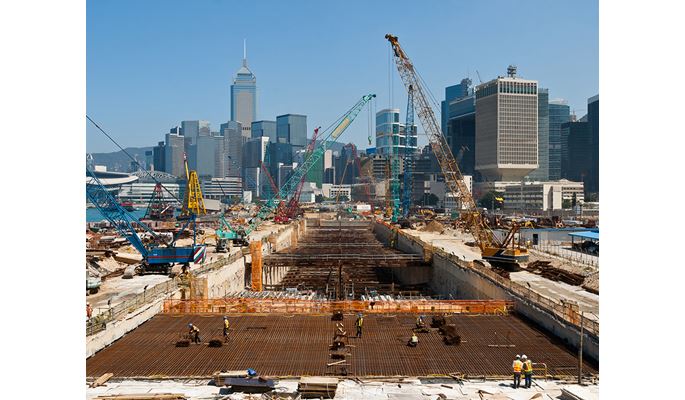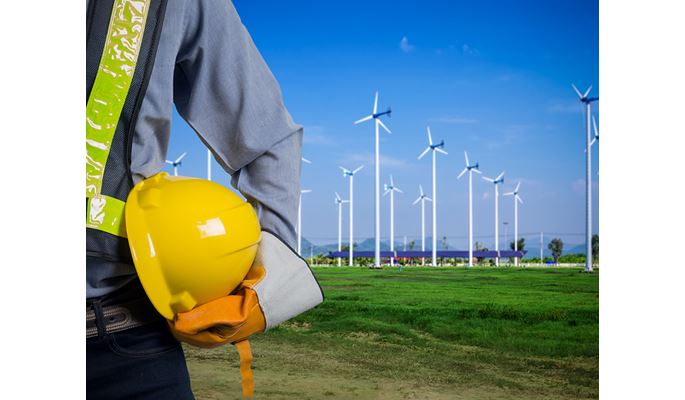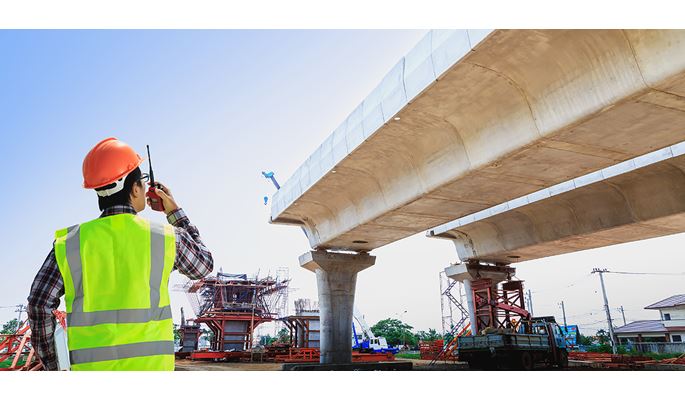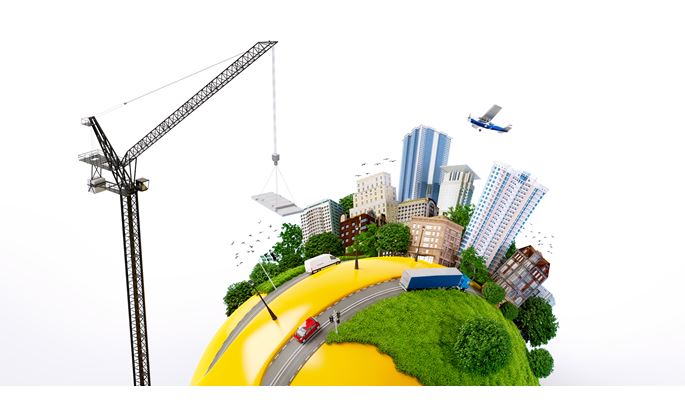Climate Change and Extreme Weather
To address climate-induced hazards in coastal cities, this direction investigates regional climate change driving factors, compound extreme weather formation mechanisms, and urban-rural microclimate evolution. It aims to develop high-fidelity climate prediction and weather forecasting models to establish a scientific foundation for resilience assessment and enhancement.
- Climate Change Trends and Mechanisms
- Compound Extreme Weather Events
- Urban-rural Microclimate

Urban Infrastructure and Resilience
This direction formulates an integrated framework encompassing smart monitoring, lifecycle resilience quantification, and cross-system coordination. It aims to transition infrastructure resilience from fragmented components to systemic robustness, ensuring operational continuity and rapid recovery of urban functions during extreme weather.
- Smart Structural Health Monitoring
- Lifecycle Resilience Quantification and Enhancement
- Cross-sector Infrastructure Interactions

Urban Compound Disasters and Evolution
Confronting escalating threats from coastal compound disasters, this direction integrates disaster formation mechanisms with anthropogenic land-use drivers to quantify cascading disaster propagation dynamics. It aims to develop efficient disaster evolution models for evidence-based resilient infrastructure planning.
- Coupling Mechanisms of Compound Disasters
- Cascading Risk Transmission Pathways
- Impact of Land Use and Land Cover Change

Extreme Rainstorm Disasters and Green Prevention
This direction clarifies the formation mechanisms of rainstorm-induced disasters in coastal cities. It aims to create an intelligent urban flooding early-warning platform and establish an integrated “Green-Grey-Blue” infrastructure mitigation system, transforming flood management from passive response to active regulation through mechanism-technology-engineering innovations.
- Extreme Rainstorm Hazard Mechanisms
- Intelligent Early Warning of Urban Flooding
- “Green-Grey-Blue” Integrated Infrastructure

Coastal Engineering and Technology
Responding to sea-level rise and intensifying storm surges, this direction advances adaptive floating structures, sustainable land reclamation, and anti-corrosion materials. It aims to establish climate-adaptive coastal protection systems that enable sustainable spatial expansion of coastal cities under climate change.
- Floating Offshore Structures
- Sustainable Land Reclamation
- Multifunctional Anti-corrosion Materials

Climate Change Risk Perception Early Warning and Response Policy Management
To bridge the “knowledge-application” gap, this direction integrates multi-source data into an AI-powered risk warning system and develops a decision-making support tool. It aims to establish a "Monitoring-Warning-Decision-Optimization" closed-loop governance framework to enable adaptive resilience management of coastal cities.
- Real-time Disaster Early Warning and Rapid Response Systems
- Policy- and Decision-making Support Systems
- Short-medium-long-term Balance of Adaptations




